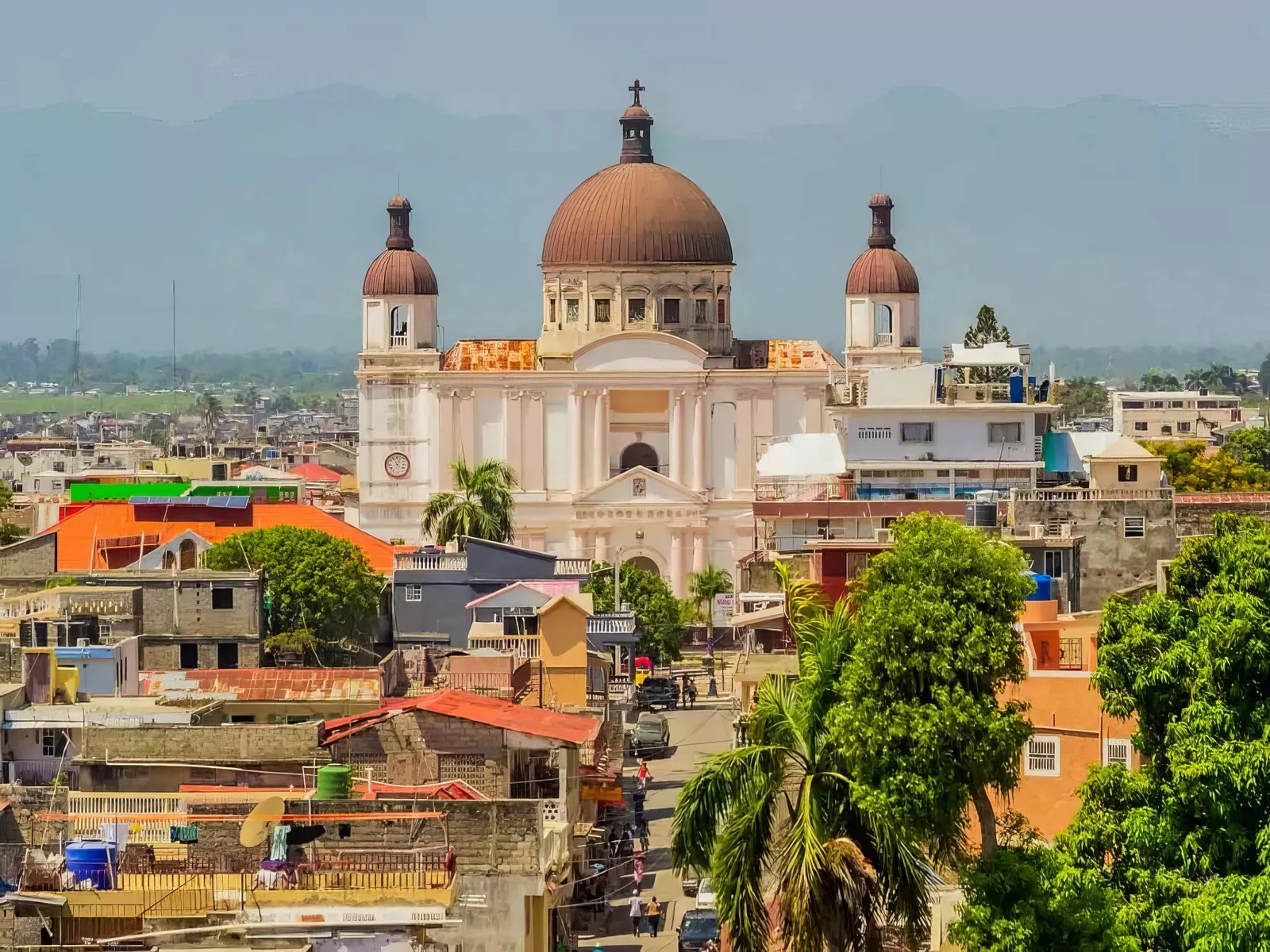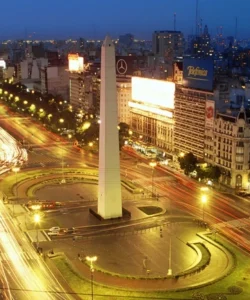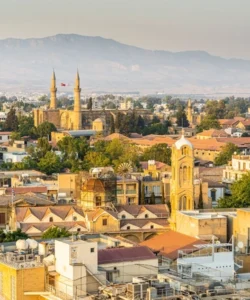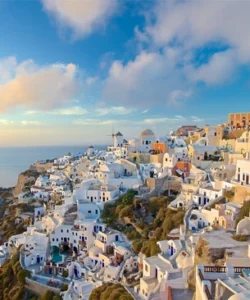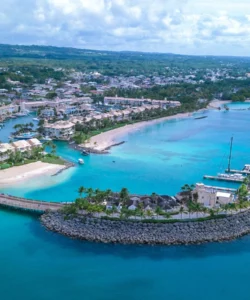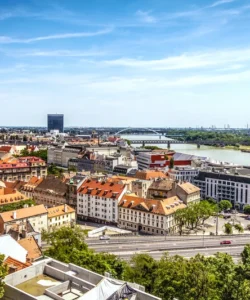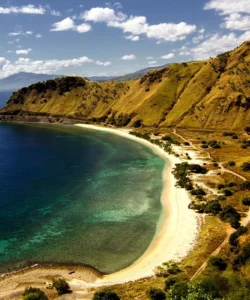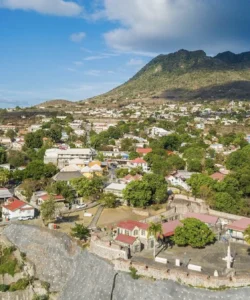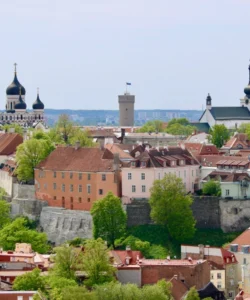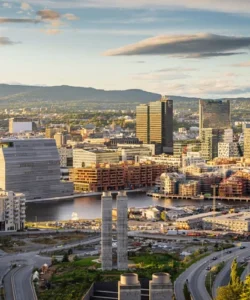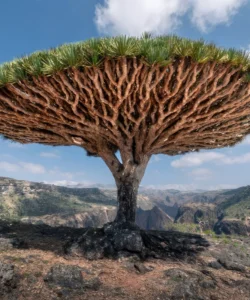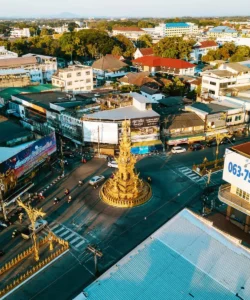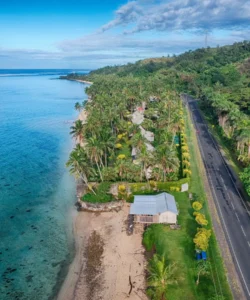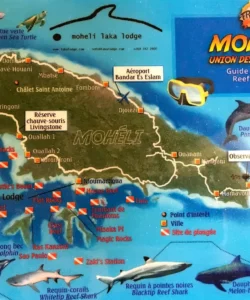Haiti, located on the western third of the island of Hispaniola in the Caribbean Sea, is a nation with a profoundly rich history and unique culture. It was the first independent nation of the Caribbean, the first free black republic in the world, and the only nation established from a successful slave revolt.
![]()
Area and Population:
Haiti has a total land area of approximately 27,750 sq. km (10,714 sq. mi). As of 2023, the estimated population was around 11.7 million people.
Language:
The official languages are Haitian Creole (Kreyòl Ayisyen) and French. Haitian Creole is the most widely spoken language among the general population, while French is used in government, business, and education.
Currency:
The official currency is the Haitian Gourde (HTG). The U.S. Dollar (USD) is also widely accepted, particularly in tourist areas and for larger transactions.
Religion:
The predominant religion is Roman Catholicism. However, Vodou (often spelled Voodoo), a syncretic religion with West African origins, is also widely practiced and deeply embedded in Haitian culture and daily life. Many Haitians practice both Catholicism and Vodou simultaneously.
Capital:
The capital city of Haiti is Port-au-Prince. It is the largest city in the country, as well as its economic and cultural center.
Major Cities/Towns:
Besides Port-au-Prince, other significant cities include Cap-Haïtien (the second-largest city, known for its historical sites), Gonaïves, Les Cayes, and Jacmel.
Attractions:
Under more stable conditions, Haiti offers a wealth of historical sites, natural beauty, and vibrant cultural experiences.
- Citadelle Laferrière (near Cap-Haïtien): A UNESCO World Heritage site and one of the largest fortresses in the Americas. Built in the early 19th century by King Henri Christophe to defend the newly independent nation, it offers breathtaking views and is a powerful symbol of Haitian sovereignty.
- Sans-Souci Palace (Milot, near Cap-Haïtien): Also a UNESCO World Heritage site, these are the ruins of the royal residence of King Henri Christophe, once a magnificent palace that rivaled Versailles.
- Jacmel: A charming colonial port city known for its vibrant artistic community, colorful carnival, well-preserved gingerbread houses, and beautiful beaches.
- Bassin Bleu (Jacmel): A series of stunning natural pools and waterfalls with incredibly clear blue water, perfect for swimming and cliff jumping.
- Labadee: A private resort area leased by Royal Caribbean International, known for its beaches, water activities, and typically only accessible to cruise ship passengers.
- Amiga Island (Île-à-Vache): A quiet, undeveloped island off the southern coast, known for its pristine beaches and laid-back atmosphere.
- Plaine du Cul-de-Sac: A plain east of Port-au-Prince featuring salt lakes, including Étang Saumâtre, home to flamingos and crocodiles.
- Marche de Fer (Iron Market) (Port-au-Prince): An iconic market building, though its operations have been impacted by recent events, it was historically a bustling center for local crafts, produce, and goods.
Natural Wonders:
Haiti’s natural landscape includes:
- Mountains: The country is very mountainous, with several ranges including the Massif de la Hotte and the Massif de la Selle.
- Caves: Numerous cave systems exist, such as the Marie-Jeanne Cave near Port-à-Piment.
- Waterfalls and Natural Pools: Like Bassin Bleu, offering picturesque swimming spots.
- Lakes: Such as Étang Saumâtre, Haiti’s largest lake.
Architecture:
Haitian architecture is a fascinating blend of French colonial, Gingerbread, and more contemporary styles.
- French Colonial: Especially evident in cities like Cap-Haïtien and parts of Port-au-Prince, characterized by grand public buildings and residences.
- Gingerbread Houses (Jacmel and Port-au-Prince): A distinctive Haitian architectural style that emerged in the late 19th and early 20th centuries. These intricate wooden houses feature elaborate latticework, turrets, and richly carved details, resembling gingerbread cookies.
- Citadelle Laferrière: A formidable military fortress, demonstrating robust, early 19th-century engineering designed for defense.
- Vernacular Architecture: In rural areas, simpler, brightly painted wooden or concrete block homes are common.
- Post-Earthquake Reconstruction: Following the 2010 earthquake, much of Port-au-Prince has seen reconstruction, often with more resilient but sometimes less aesthetically unique designs.
Roads:
Haiti’s road infrastructure is generally poor, especially outside of major urban centers. While there are some paved main roads, many are unpaved, poorly maintained, and often subject to blockades or damage. Driving conditions can be challenging due to heavy traffic, lack of signage, and sometimes erratic driving habits. Public transportation primarily consists of tap-taps (colorful, privately owned shared taxis) and moto-taxis (motorcycle taxis).
Hotels:
Under normal circumstances, Haiti has a range of hotels, from international chains to local guesthouses. However, due to the current security situation, many hotels, especially in Port-au-Prince, may have limited operations or be inaccessible.
- Haiti has had international brands like Best Western and Marriott in Port-au-Prince.
- Hotel Montana (Port-au-Prince): (Historically a well-known hotel, tragically destroyed in the 2010 earthquake, but its name remains associated with Haitian hospitality).
- Habitation Jouissant (Cap-Haïtien): Offers views and a more boutique experience.
- Cormier Plage Resort (near Cap-Haïtien): A beachfront resort.
- Cyvadier Plage (Jacmel): A popular choice for visitors to Jacmel.
Restaurants:
Haitian cuisine is a flavorful and hearty blend of West African, French, Spanish, and Taino influences. Many restaurants, especially in urban centers, offer traditional Haitian dishes alongside international options.
- Local Restaurants (Loksé or “Lakay”): These small, informal eateries are common across the country, serving authentic, home-style Haitian food.
- Restaurants in Petion-Ville (Port-au-Prince suburb): Historically, this area was known for its more upscale dining options.
- Seafood: Fresh seafood is abundant, especially in coastal areas.
- Street Food: Various street food vendors offer quick and tasty bites.
Cuisine:
Haitian cuisine is known for its bold flavors, often using a blend of spices. Rice, beans, and plantains are staples.
- Griot (Fried Pork): One of the most popular Haitian dishes, consisting of marinated, boiled, and then fried pork pieces, often served with pikliz.
- Pikliz: A spicy pickled vegetable relish (cabbage, carrots, scotch bonnet peppers, vinegar), served as a condiment with many dishes.
- Riz Djon Djon (Black Rice): A unique and highly prized rice dish cooked with dried black mushrooms (djon-djon) that impart a distinctive flavor and black color.
- Poulet aux Noix (Chicken with Cashews): A specialty of the north, particularly Cap-Haïtien.
- Tassot (Fried Goat or Beef): Marinated and fried meat, similar to griot.
- Soup Joumou (Pumpkin Soup): A traditional and highly symbolic soup, traditionally eaten on January 1st to celebrate Haiti’s independence.
- Banane Peze (Fried Plantains): Green plantains twice-fried, often served as a side.
- Accra: Fried malanga fritters.
- Legumes: A hearty vegetable stew, often with meat.
- Fresh Tropical Fruits: Mangoes, papayas, soursop, and other fruits are abundant.
- Rhum Barbancourt: A renowned Haitian rum, known for its smooth quality.










